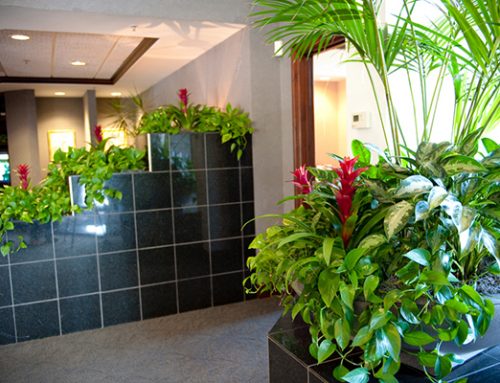Energy efficient design by Kenyan architects is an intrinsic part of creating green architecture and sustainable building in Kenya. One of the key components of energy efficient design is the whole element of utilization of natural renewable sources of energy. Interestingly there is a large number of energy sources available to building developers in the East African region. Solar energy is definitely one of the most abundantly available sources of energy that can be tapped into in the market.
Energy Efficient Green Architecture for Kenyan Architects – Harnessing Solar Energy
As sunshine is almost constantly available in the equatorial regions of the earth, it is possible to utilize this energy source as a major power source for much of the year. This means that it is a source of energy that can be used to alleviate most electrical energy requirements of various appliances in the home and the workplace for much of the year. This is great news for investors who are wary of the impacts of escalating prices of fossil fuels that can cause great instability regarding energy costs.
One of the issues that had previously dogged utilization of solar power in the market is the fact that most of the solar technology that was available has not been very efficient in its creation of electrical energy. This inefficiency has led to a major imbalance between the capital cost of installing a solarized energy system, vis a vis its energy output. For small power supply from a solar powered system, one had to make a major capital investment and the cost factor was rather prohibitive.
Options for achieving solar energy efficiency and Green design by Kenyan Architects
Nevertheless, the technology of solar powered electronic systems has been steadily improving, and we now can get reasonable output of power supply from a relatively inexpensive solar installation. Latest trends in buildings being constructed in East Africa has seen the incorporation of solar panels for the purpose of power supply or heating water. The UN Buildings that were recently completed in Gigiri, Nairobi, has an extensive array of solar panels that line its roofs and supply the building with its electrical energy needs.
Photovoltaic cells are the main ingredient of solar panels that harness the sun’s light and convert this energy to electrical energy. As earlier mentioned, they can be quite expensive in cost and their degree of efficiency in energy conversion has been somewhat low, though their technology has continued to get better with time. Nevertheless the key consideration regarding energy supply from these kinds of solar panels is the fact that despite a high initial capital input, their recurrent expense is almost nil during the course of their lifetime, short of periodic service and cleaning. Kenyan architects are well advised to encourage their clients to invest in this kind of power source which will pay off in the long term.
The savings that will result from having almost nil power consumption from the national grid means that there are major savings that result over time. In essence, comparing the savings that result from solar power supply to conventional power supply from the national grid means that the installation can pay for itself back over a reasonably short period of time, which makes it very viable. Indeed this characteristic of green buildings demonstrates that they may have marginally higher investment cost at the onset, but they pay for themselves very rapidly due to their low maintenance and recurrent expenditure. They thus become more sustainable and viable than ordinary buildings without these kinds of provisions.
By far the most common use of solar panels in Kenya is for the purpose of heating water. Hot water supply in the context of a home or office is a recurrent cost that can be quite substantial as regards the energy expenditure in a given home. There is constant heating of water for various uses, whether for bathing, cooking or washing at various levels. Even commercial and industrial concerns have high demand for heated water in their industrial processes.
Solar water heaters collect and store the sun’s heat energy to warm water flowing through their reticulating systems and stores them within hot water cisterns. As a result they can be used to heat water inexpensively once they have been adequately installed within a building. They are installed on building roofs or surfaces that are well exposed to incident sunshine in the course of the day. Their effectiveness may be reduced during overcast seasons, but again technology improvements are enhancing their output even during adverse conditions. During these seasons they may need to be supplemented through the use of gas or electrical heating systems.
The solar panels are usually coupled with inverters and battery systems which can be used to store the electrical energy for use. An average domestic home can require as much as 10 – 15 volt ampere power supply load. This can be relatively costly to supply using solar energy. However in many cases it may be wiser to prioritize the installation to reduce the power load by simply supplying power to only those appliances that are considered highest in priority, e.g. domestic lights and refrigerator.
Kenyan Architects should encourage stakeholders to pursue energy efficiency through solar power utilization.
Harnessing the sun’s free energy is a God-given gift that a developing nation can harness in order to further its development agenda and better the lives of its citizenry. The government of the day can take advantage of this resource during these challenging times to reduce the cost of living by giving incentives towards encouraging installation of alternative energy solutions. Kenyan architects are well informed to champion these ideals of energy efficiency in the course of their project implementation pursuits.







Leave A Comment